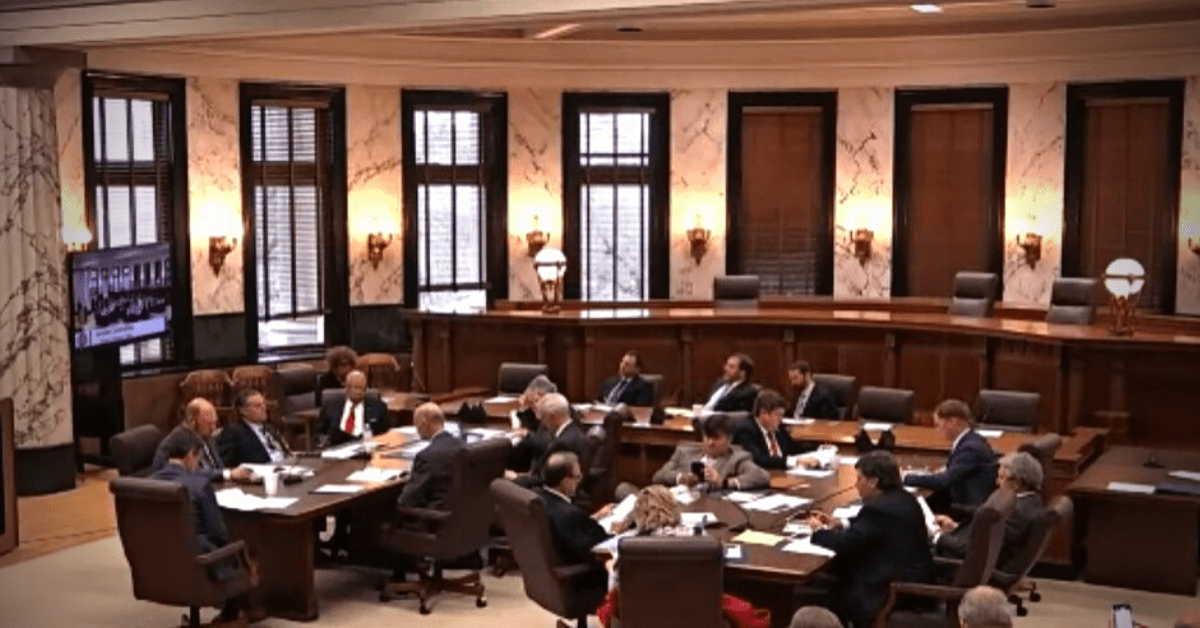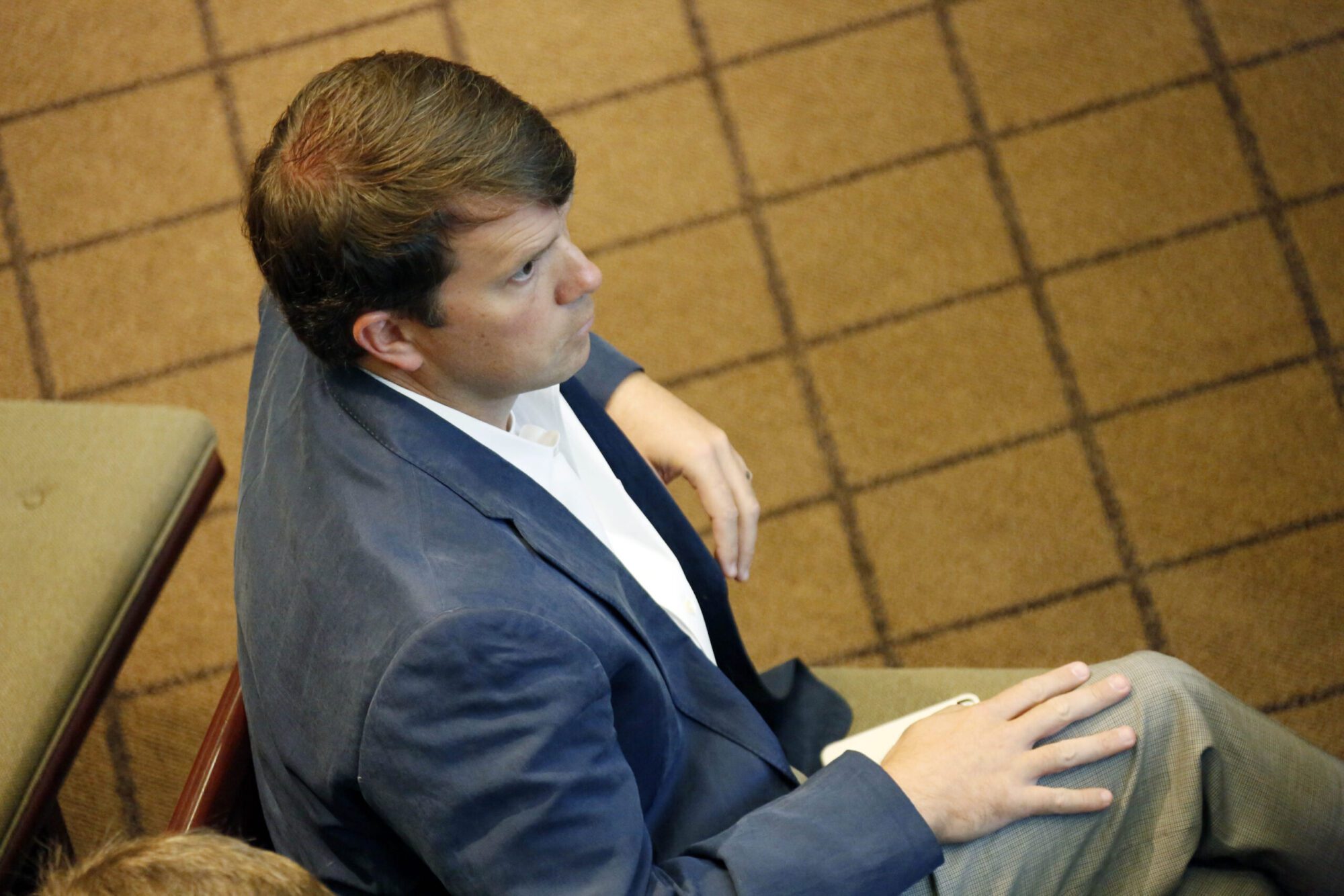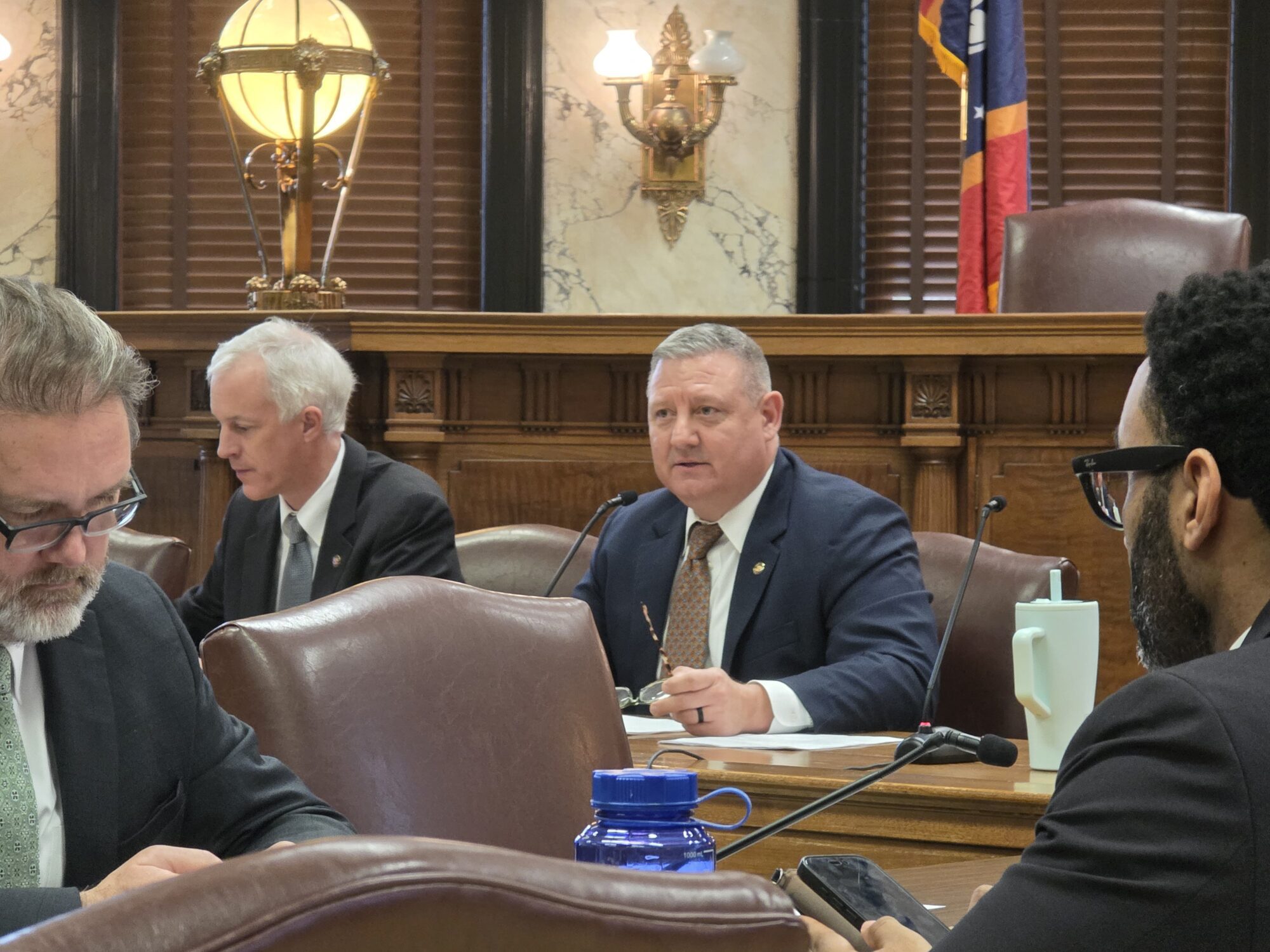
Mississippi Senate Finance Committee meeting.
Although pension issues have been used as a political wedge in the past, it’s time for a new paradigm.
Last week, members of the Mississippi Senate Finance Committee convened to hear an update from the Public Employees’ Retirement System (PERS) executive director regarding the funded status of the plan.
I listened with great interest as Ray Higgins, the executive director, told lawmakers the system’s status is “really an accumulation of everything that has happened since [PERS] was created” some 70 years ago.
That’s a great long-term perspective when evaluating the economic health of PERS. In general, state pension systems are large, complex institutions responsible for managing millions (or billions!) of dollars on behalf of current and future government retirees. At this scale, it takes more than a single year of poor investment returns to significantly impact a system’s condition.
Yet, as Higgins noted, that is precisely what’s happening in Mississippi. Over the past few decades, PERS has been seriously affected by several factors, including a declining active member-to-retiree ratio, market downturns such as the Great Recession and a global pandemic, and even community changes in the actuarial, bond rating, and investment fields. (The industry has embraced a more conservative approach to public pension valuation in recent years.) These challenges have and may continue to impact pensions nationally.
What sets Mississippi’s system apart, however, is structural changes to PERS that occurred in the late 1990s and early 2000s. Beginning in 1999, the Legislature began to increase retirement benefits without a legitimate funding source. In fact, they “funded” these expenses on paper by extending the PERS amortization (payback) period – a practice the legislative Performance Evaluation and Expenditure Review (PEER) Committee warned against just one year prior.
In a 1998 report, PEER noted: “Our concern is that benefit increases are purchased with extensions of the amortization period…this approach takes a very short-term view of the system’s funding progress.” The report starkly concluded that this tactic was “almost analogous to buying benefits on credit. As anyone knows, too much credit can be a dangerous thing.”
The PEER report wasn’t the only cautionary document. Even the Mississippi Constitution sets forth guidelines for pension changes, prohibiting legislation from being enacted to increase benefits “in any manner unless funds are available.”
But I digress.
The cost of PERS was increased exponentially without a funding mechanism. Paired with the other factors listed above, these actions have resulted in the plan’s current funded ratio of just 61.3 percent. For comparison, a funded ratio of 80 percent or higher is “within the range that many public sector experts, union officials, and advocates view as a healthy pension system,” according to the U.S. Government Accountability Office. A 2021 Pew Charitable Trusts analysis of state pension funds ranks Mississippi’s funded status as 40th in the nation.
Recognizing the concerning trendline, the PERS Board recently took action to address the plan’s cash flow. They voted to increase the so-called “employer” (taxpayer) contribution rate from 17.4 percent to above 22 percent – at a whopping cost of $345 million. Already, taxpayer contributions to the system exceed $1.24 billion.
These contributions are taken from state agencies and local governments, which are particularly vulnerable to unexpected financial obligations. When asked about the method by which local governments will pay for the PERS Board rate increase, Higgins suggested these bodies may use existing budgets or “whatever revenue streams they choose to modify.”
I’m not sure how legislators heard it, but a “modified revenue stream” sure sounds like a tax increase to me.
It’s worth mentioning the PERS Board vote to increase taxpayer costs was not unanimous. State Treasurer David McRae, Mississippi Department of Revenue Commissioner Chris Graham, and retiree representative (and former State Insurance Commissioner) George Dale opposed the rate hike.
While the system has not reached a crisis point, PERS is trending the wrong direction. The plan in its current form is excessively expensive and largely shouldered by taxpayer contributions. There are fewer active members contributing to the system; simultaneously, there is a growing number of retirees who are living longer than ever before. With volatile markets, investment returns have been inconsistent. And the unfunded legislative benefits of the late 1990s and early 2000s continue to grow… making for one heck of an arithmetic problem for state leaders.
Although pension issues have been used as a political wedge in the past, it’s time for a new paradigm. State retirement systems are neither Republican nor Democrat; they are simply institutions with a fiduciary responsibility to ensure promises made to retirees are promises kept.
I commend the Legislature for taking a closer look at PERS this session. After all, this isn’t about politics. It’s just about math.










